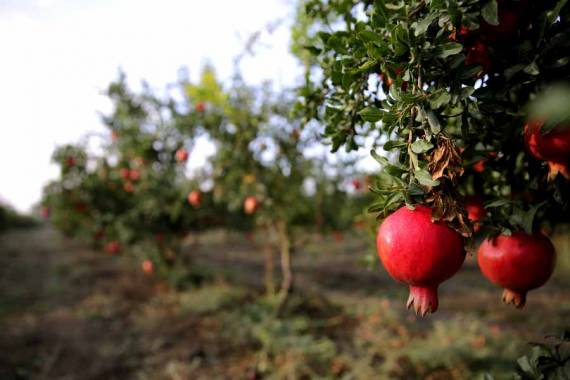Turnkey projects: Fruit preservation
A comprehensive solution for your fruit and vegetable preservation projects in a controlled atmosphere.

Pomegranate trees were cultivated in Egypt during the 18th Dynasty, at the beginning of the second millennium BC. Pomegranates were introduced to Europe by the Arabs.
There are 1,200 pomegranate varieties, sometimes cultivated for the beauty of their flowers, sometimes for the fruits. Each variety is linked to a specific region and a producing country, however the market-leading pomegranate variety is the Wonderful variety.
India is the largest producer of pomegranates, ahead of Iran, the United States, Turkey and Spain.
Pomegranates are increasingly consumed around the world for their antioxidant properties.
Pomegranates do not ripen after harvesting, which means that they must be picked when fully ripe to ensure the best taste quality.
For harvesting, different indicators are used.
Maturity indicators
Quality indicators
AC storage reduces the cold damage of the grenades. They can be kept for up to six months under optimal O2 and CO2 levels.
Storage conditions :
Cold damage :
Diseases :
